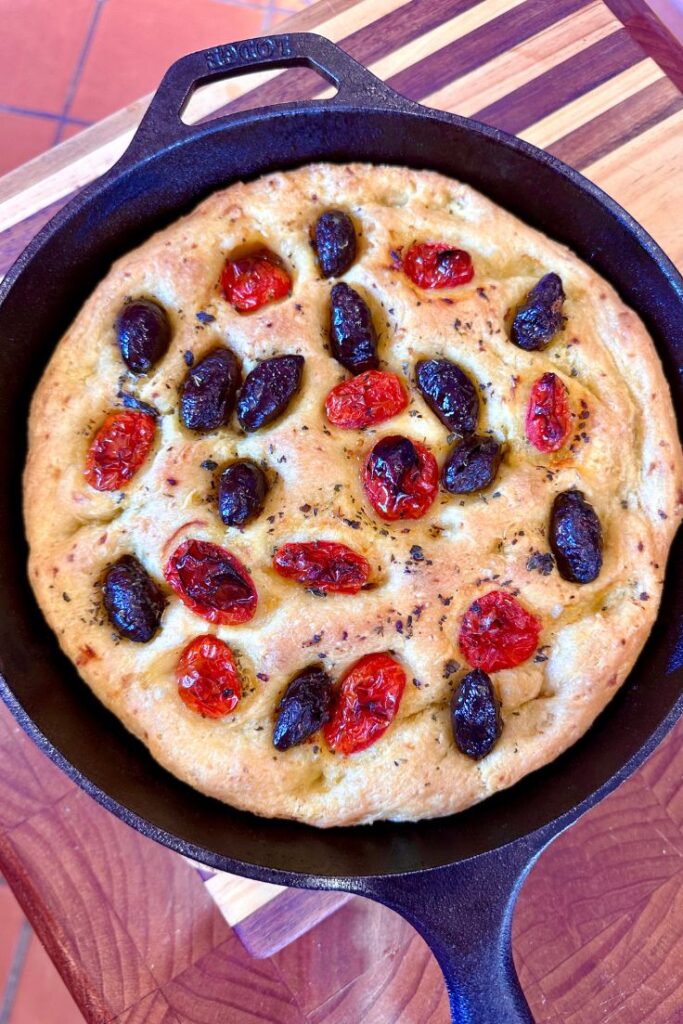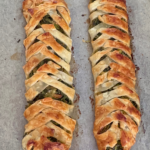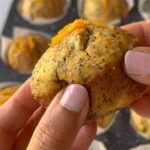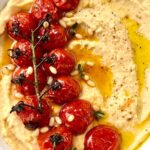My discovery of the Italian Bread Loved Across Generations: I recently had a cooking session with my dear Italian friend Connie. Her in-depth Italian cooking and baking skills had me drawn to her for a cooking collaboration. What you see below is my translation of the whole lot of explanation about Focaccia. The beloved Italian bread comes in two main types: Focaccia Genovese and Focaccia Pugliese. The former is thin and crispy, often topped with rosemary and sea salt, while the latter, from Puglia, is slightly thicker and softer, typically topped with tomatoes and olives. The difference between focaccia and schiacciata lies in their regions and textures. Focaccia, especially from Liguria, is light and airy, while schiacciata from Tuscany is flatter and denser.
In Italy, focaccia is often thin due to its origins as a quick-baking bread. Focaccia hails from Liguria but is enjoyed nationwide. Compared to regular bread, focaccia is richer due to the addition of olive oil, making it high on the calorie and fat content but more flavourful. While it can be thick or thin depending on the region, in Liguria, it’s known for its thinness. Italians refer to focaccia simply as “focaccia,” and it’s common to enjoy it for breakfast, especially with a cup of coffee.
When making focaccia, Type 00 flour is preferred for its fine texture, yielding a soft and tender crumb. While ciabatta is known for its airy structure, focaccia is softer due to the oil content. Unlike regular Italian bread, focaccia’s generous use of olive oil and toppings makes it uniquely delicious. Italians cherish focaccia for its versatility and pair it with everything from soups to salads or simply on its own, making it a staple in Italian cuisine.
This focaccia Pugliese recipe is a from my Italian friend who cooks Italian food everyday and holds cooking lessons to the local community. Here’s a taste of Puglia to your kitchen from a pro Italian cooking queen xx

Authentic Puglia Style Focaccia
Ingredients
- 200 g strong white flour
- 200 g fine semolina flour
- 1 tsp sugar
- 150 g boiled and mashed potato
- 5 g dry yeast
- 250 ml water at room temperature
- 8 g salt
- 50 ml extra-virgin olive oil or more as desired
- 450 g cherry tomatoes
- 30 olives
- Oregano
Instructions
- Add yeast and 100 ml of water in a small bowl and set aside for 20 minutes. The yeast should start to bubble by then.
- In the meantime, pierce and boil a whole potato for 15 – 20 minutes with a spoon of sea salt until fork tender. Peel and smash the potato while still hot in a big bowl.
- Add the strong white flour, semolina flour, the yeast mixture, salt and remaining water to the mashed potato. Mix 10 minutes by hand. Alternately, use a stand mixer and mix for 5 minutes. Add salt, 2 spoons of oil, and the remaining water. Mix for 7 minutes at high speed or buy hand. You have mixed enough when the bowl is clean, the dough is sticky but smooth with a few air bubbles.
- Divide the dough into two balls. Each should be around 350 g.
- Transfer the two balls to two round 2×26 cm round oven dishes or cake tins smothered with extra-virgin olive oil.
- Cover up with a tea towel and let it rest for two to three hours.
- Now the best part, pour lots of oil into your hands and use your fingertips to massage the dough. You’ll have lots of tiny hills.
- Add the tomatoes on top. Make sure to break them on top of the focaccia with your hands and place the tomatoes with the skin facing the outside and the juicy part in contact with the dough. Don’t use a knife but be careful when you split your tomatoes as the juice goes everywhere.
- Decorate with10-15 olives per focaccia, salt, and oregano.
- Let the focaccia rest for another 30 minutes.
- Bake in the oven at 250 °C for 20 minutes keeping a close eye.
- Patiently wait for 30 minutes before eating. The focaccia should be crusty and approximately 5 cm thin. Enjoy!












